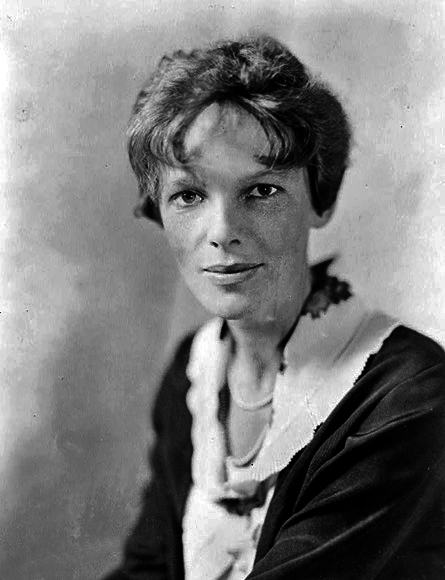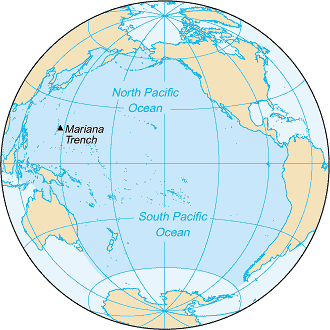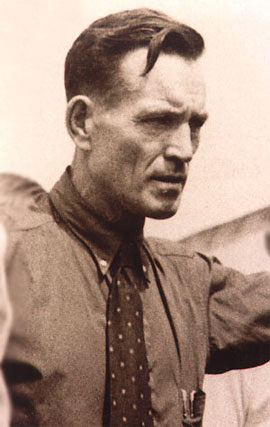No Event Found.
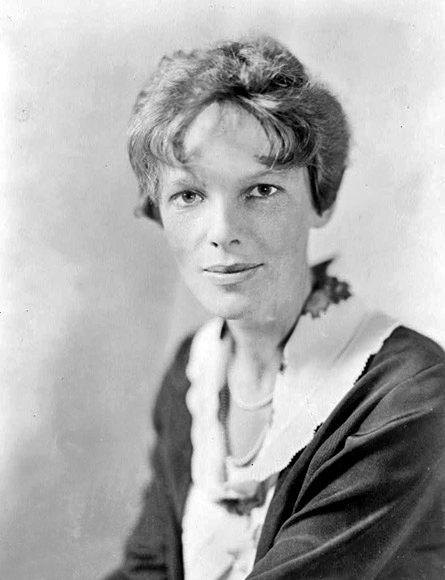
Fri, Jul 2 1937
Amelia Earhart and navigator Fred Noonan are last heard from over the Pacific Ocean while attempting to make the first equatorial round-the-world flight.
During Earhart and Noonan's approach to Howland Island the Itasca received strong and clear voice transmissions from Earhart identifying as KHAQQ but she apparently was unable to hear voice transmissions from the ship. Signals from the ship would also be used for direction finding, implying that the aircraft's direction finder was also not functional.
The first calls, routine reports stating the weather as cloudy and overcast, were received at 2:45 and just before 5 am on July 2. These calls were broken up by static, but at this point the aircraft would still be a long distance from Howland.
At 6:14 am another call was received stating the aircraft was within 200 miles (320 km), and requested that the ship use its direction finder to provide a bearing for the aircraft. Earhart began whistling into the microphone to provide a continual signal for them to home in on. It was at this point that the radio operators on the Itasca realized that their RDF system could not tune in the aircraft's 3015 kHz frequency; radioman Leo Bellarts later commented that he "was sitting there sweating blood because I couldn't do a darn thing about it." A similar call asking for a bearing was received at 6:45 am, when Earhart estimated they were 100 miles (160 km) out.
At 7:42 am Earhart radioed "We must be on you, but cannot see you—but gas is running low. Have been unable to reach you by radio. We are flying at 1,000 feet." Her 7:58 am transmission said she couldn't hear the Itasca and asked them to send voice signals so she could try to take a radio bearing. This transmission was reported by the Itasca as the loudest possible signal, indicating Earhart and Noonan were in the immediate area. They couldn't send voice at the frequency she asked for, so Morse code signals were sent instead. Earhart acknowledged receiving these but said she was unable to determine their direction.
In her last known transmission at 8:43 am Earhart broadcast "We are on the line 157 337. We will repeat this message. We will repeat this on 6210 kilocycles. Wait." However, a few moments later she was back on the same frequency (3105 kHz) with a transmission which was logged as a "questionable": "We are running on line north and south.” Earhart's transmissions seemed to indicate she and Noonan believed they had reached Howland's charted position, which was incorrect by about five nautical miles (10 km). The Itasca used her oil-fired boilers to generate smoke for a period of time but the fliers apparently did not see it. The many scattered clouds in the area around Howland Island have also been cited as a problem: their dark shadows on the ocean surface may have been almost indistinguishable from the island's subdued and very flat profile.
quote of the day
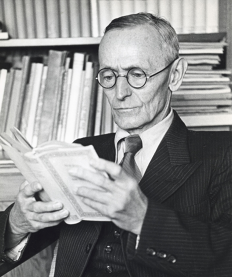
To study history means submitting to chaos and nevertheless retaining faith in order and meaning. It is a very serious task, young man, and possibly a tragic one.
- Hermann Hesse
Video

TIH Social
Please Login first
Successfully added to favourites
Successfully removed from favourites
Sign in to TIH
Don't have an account?
Sign up now!
Did you forget your password?
Recover it here.
Sign up to TIH
Come join the TIH! Let's set up
your account. Already have one?
Sign in here.

 share with friends
share with friends add to favorites
add to favorites